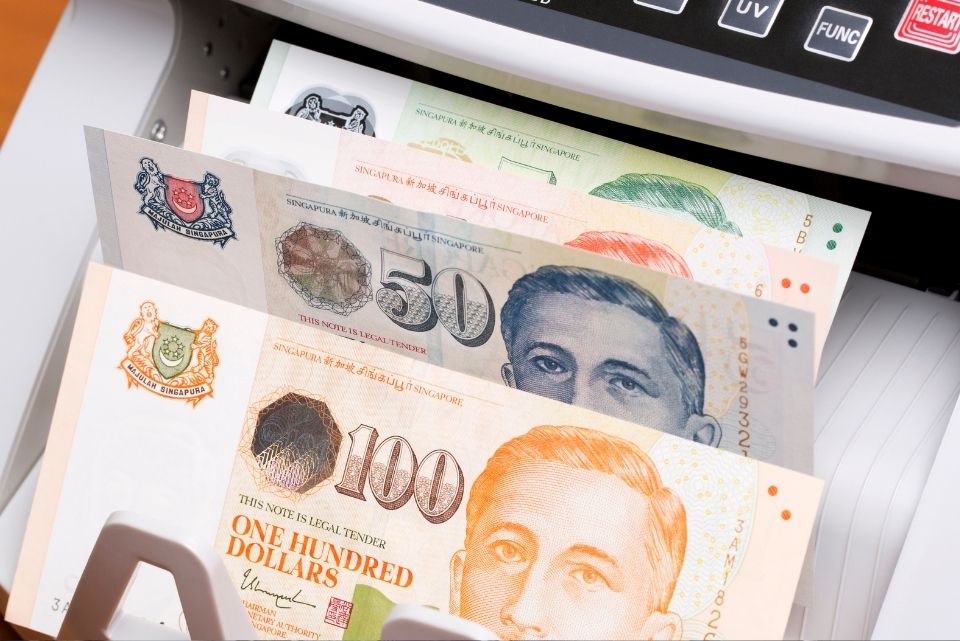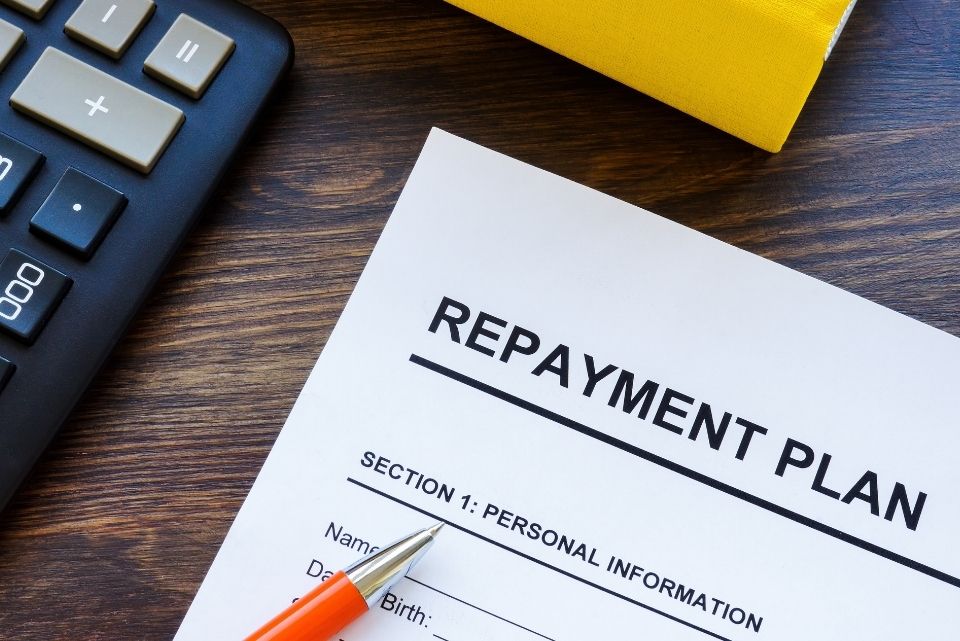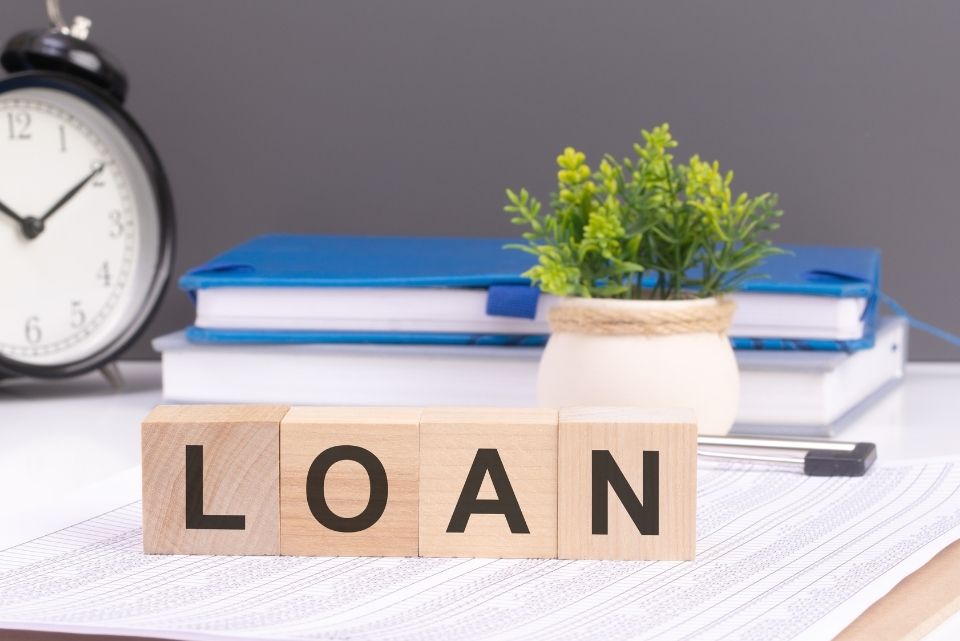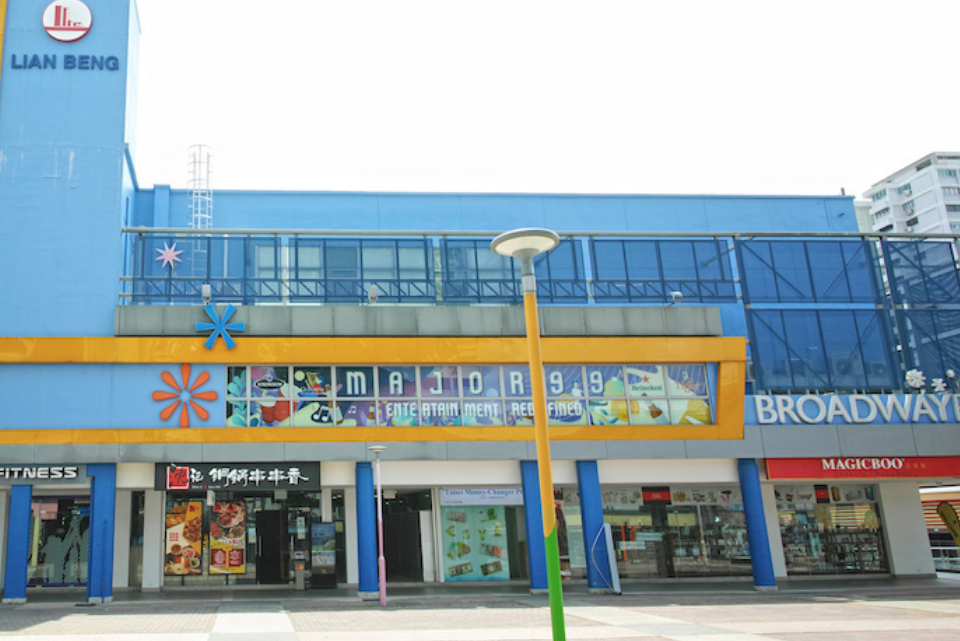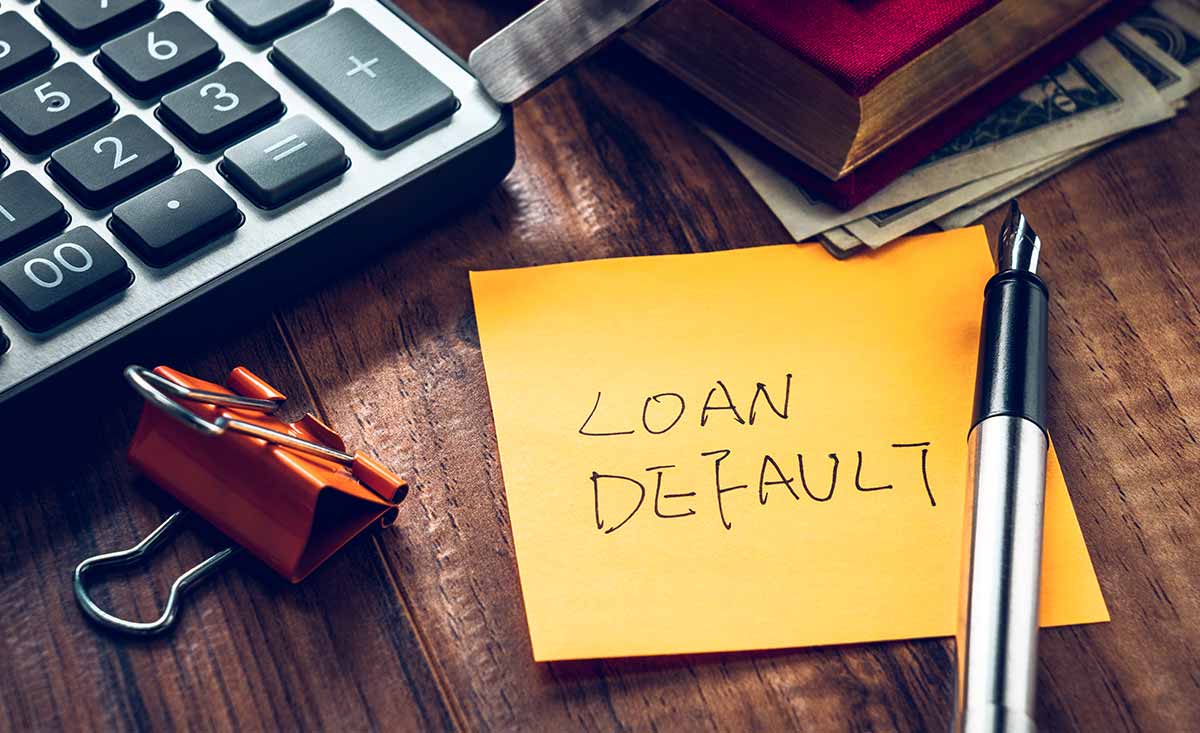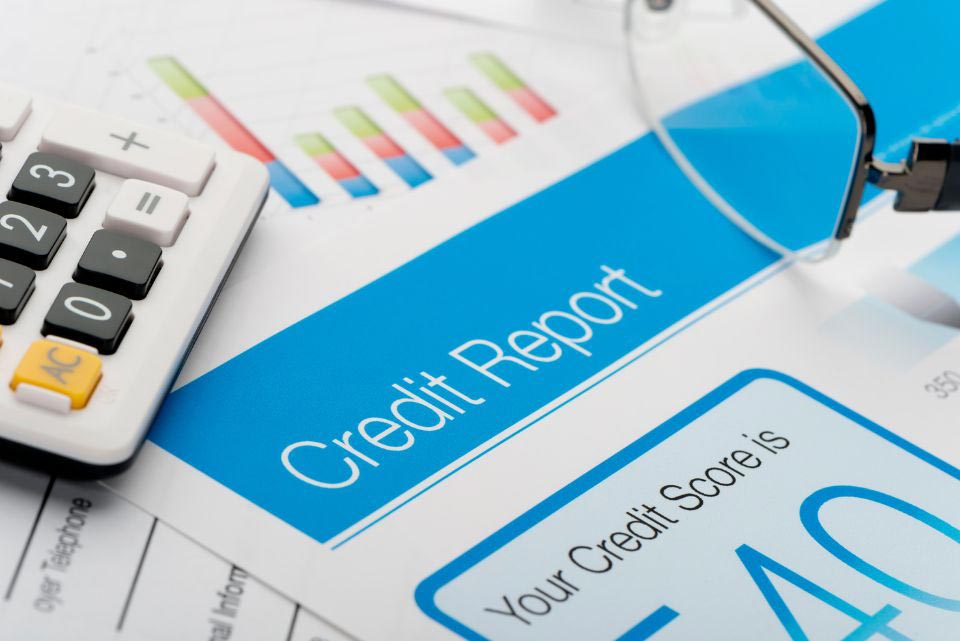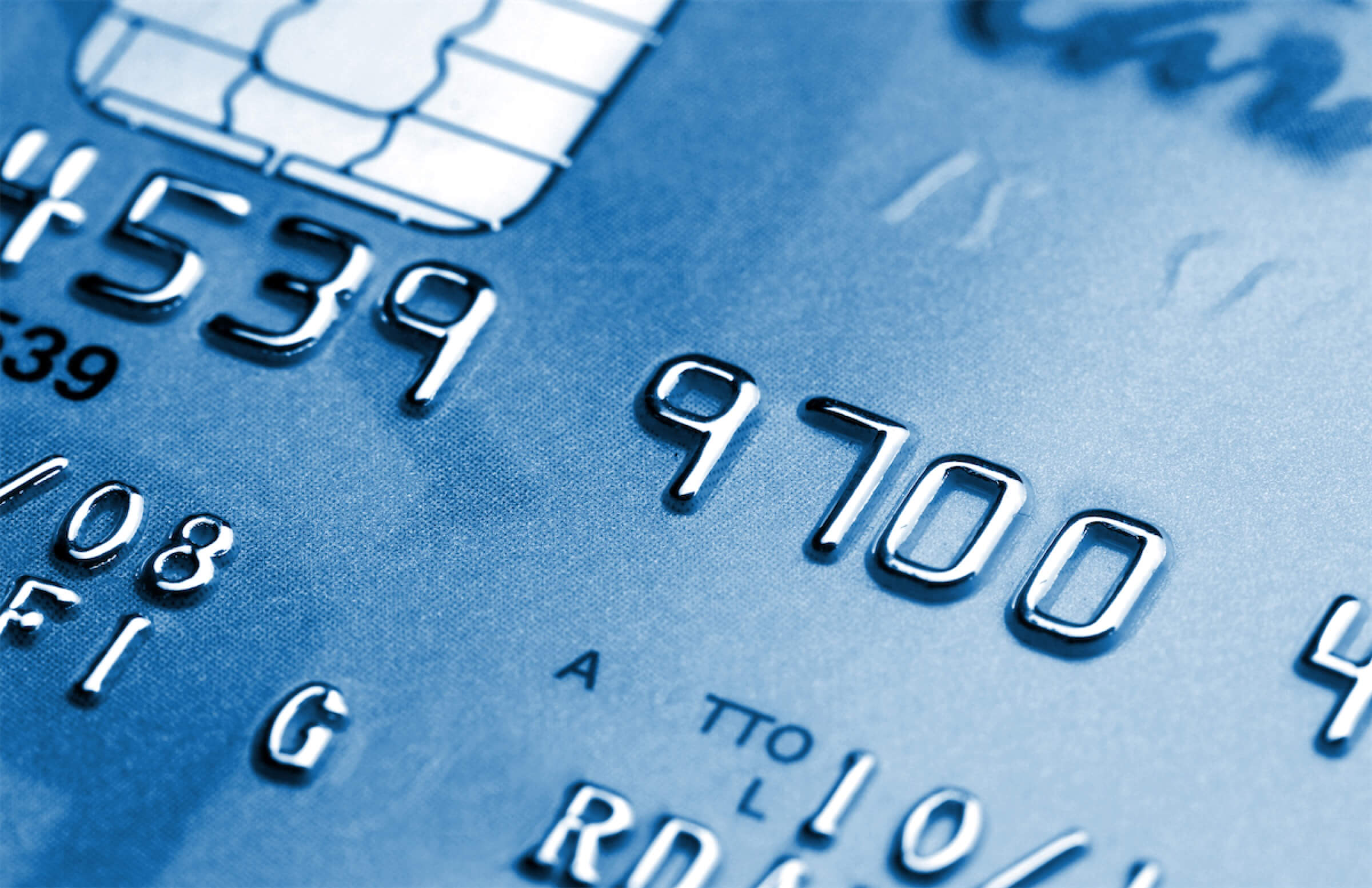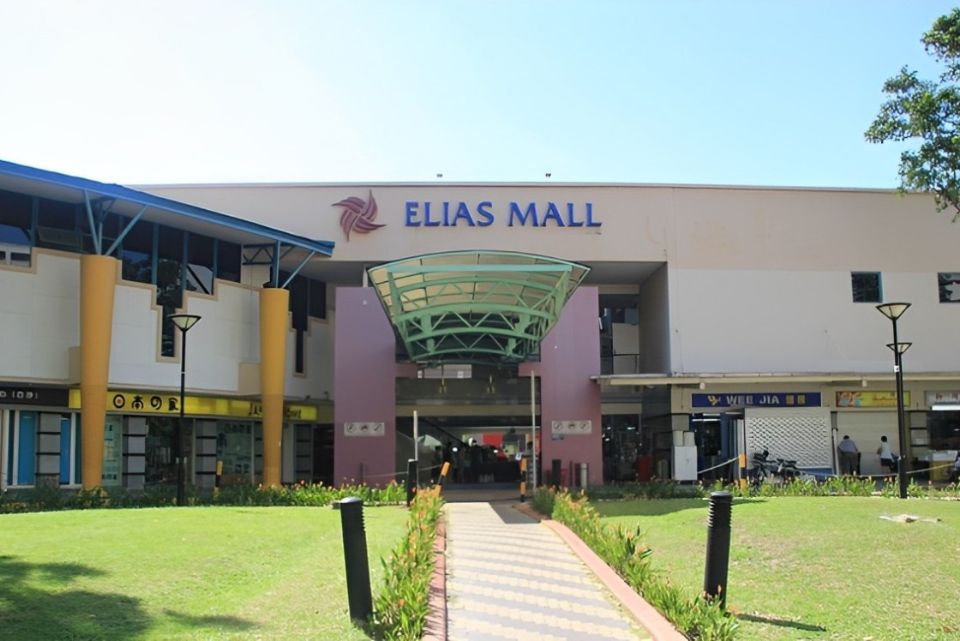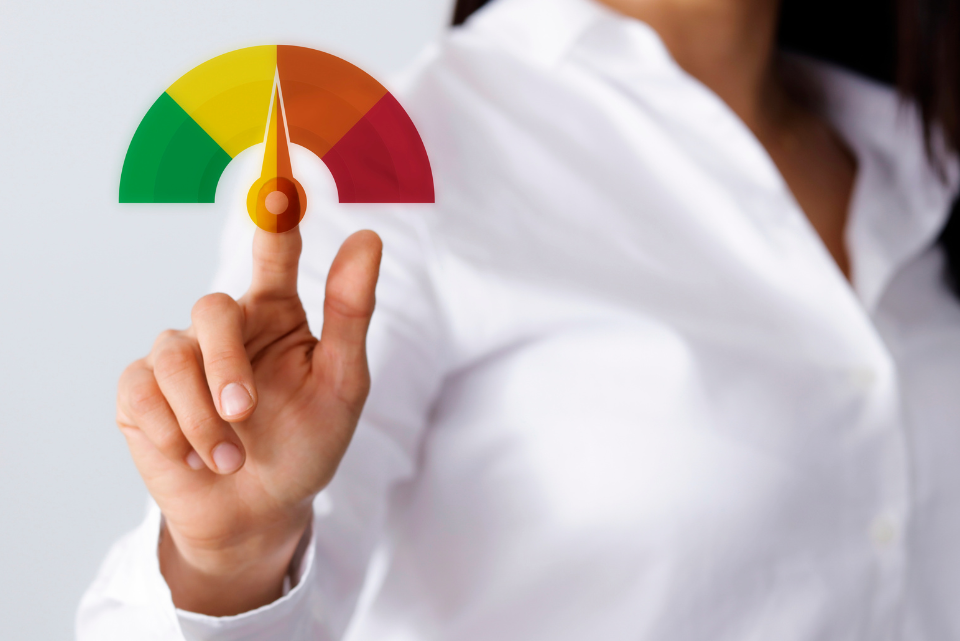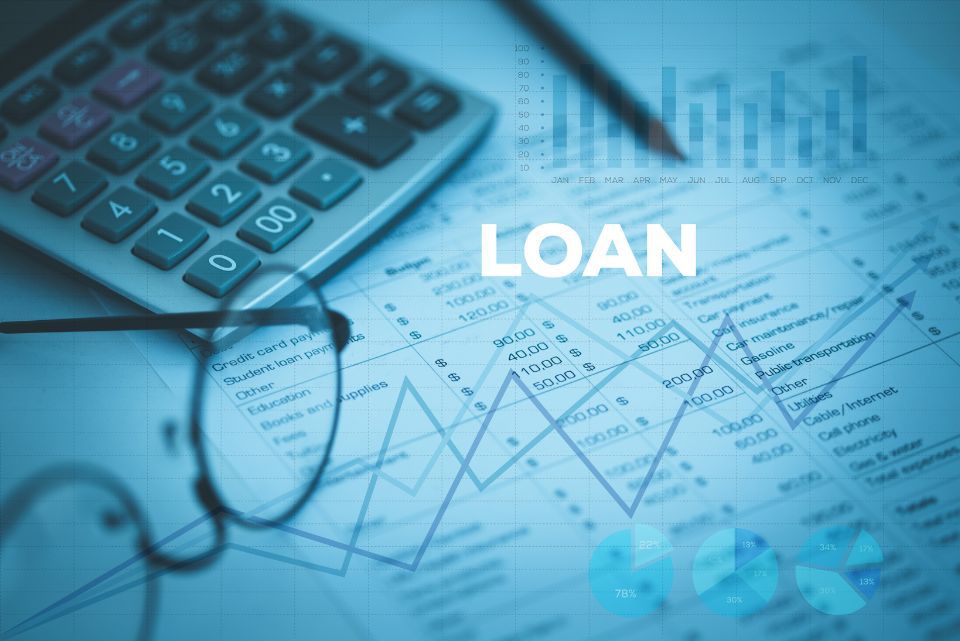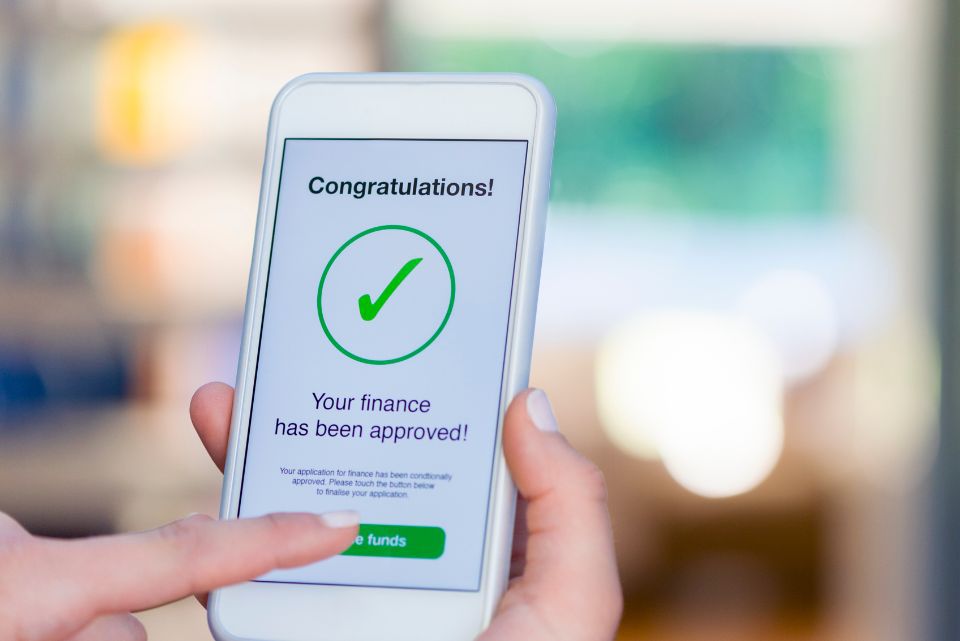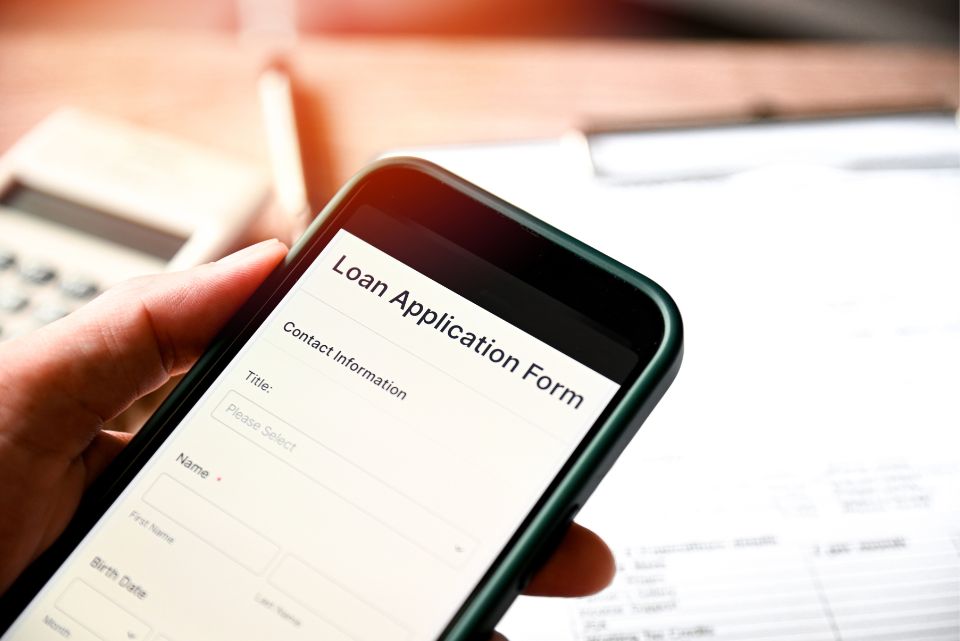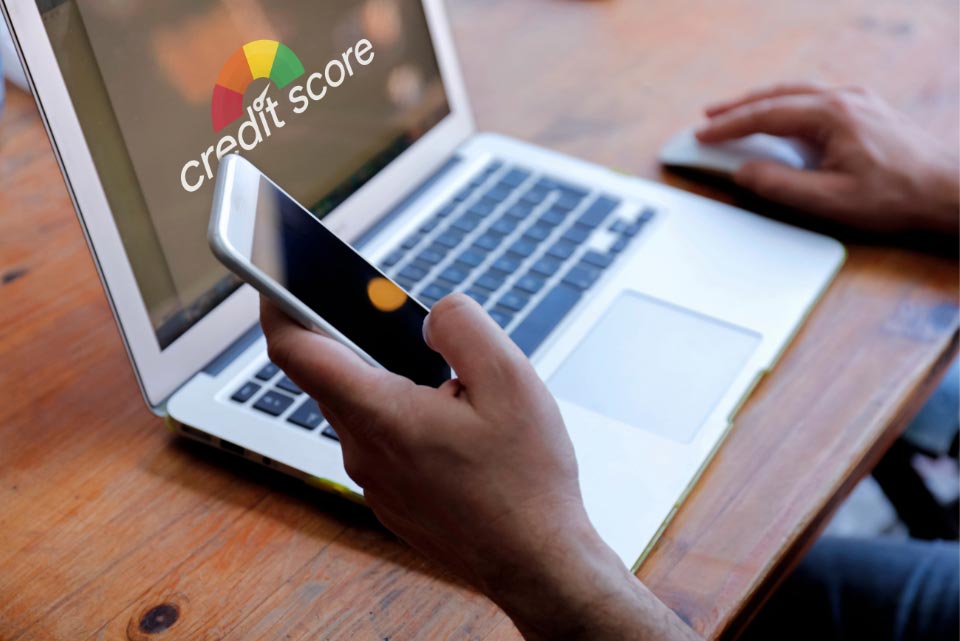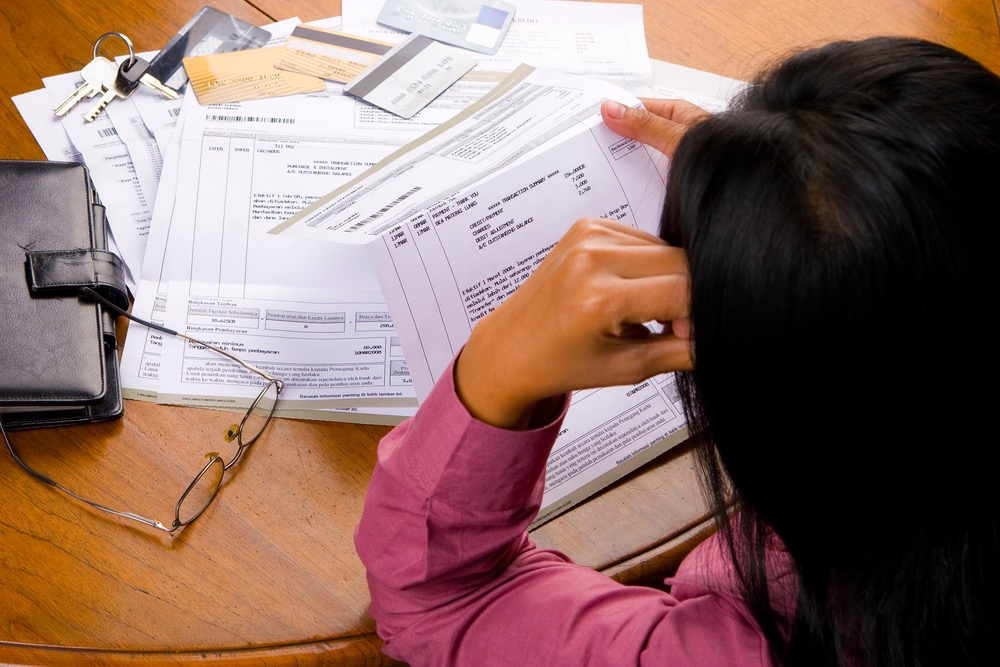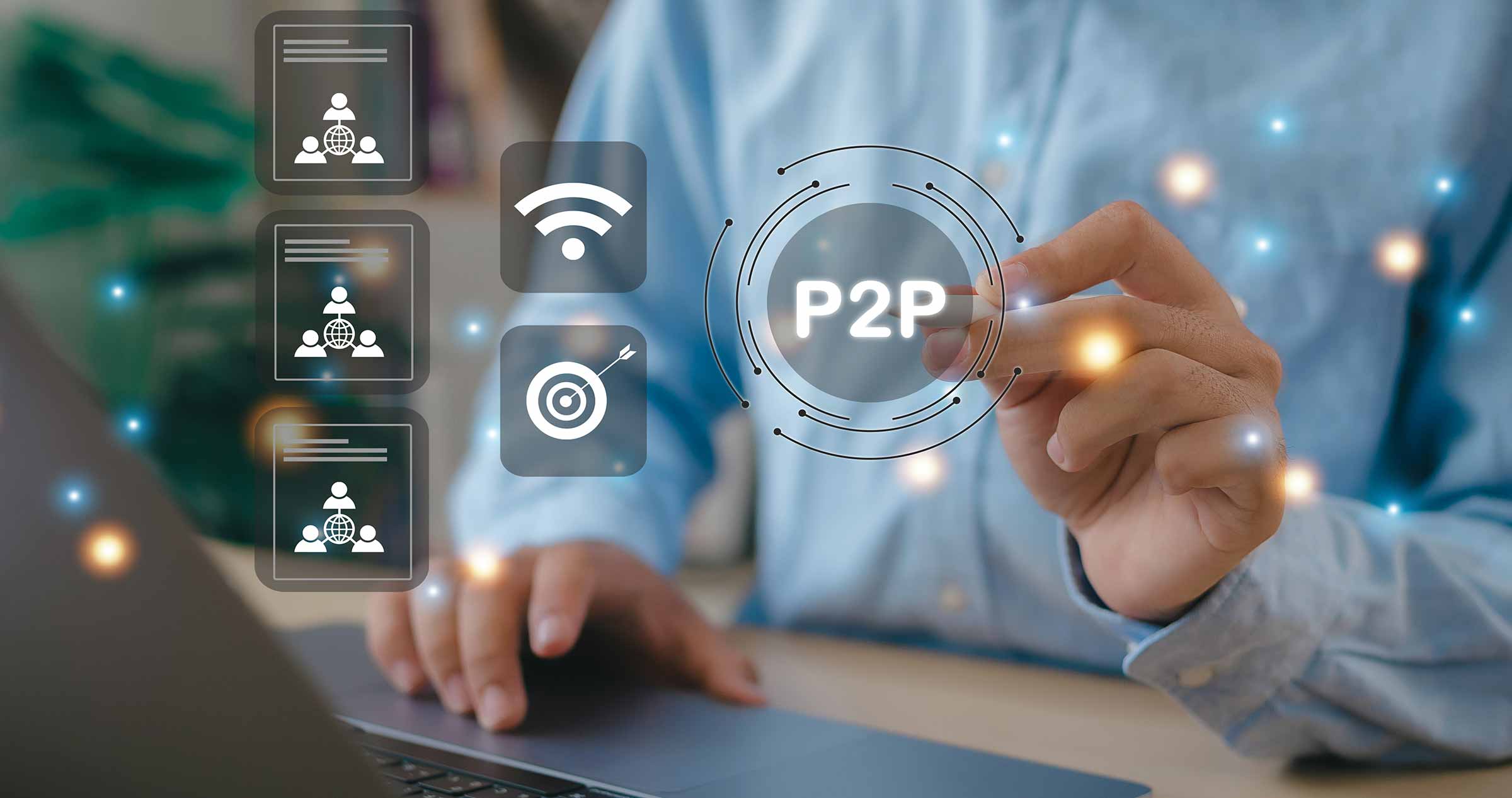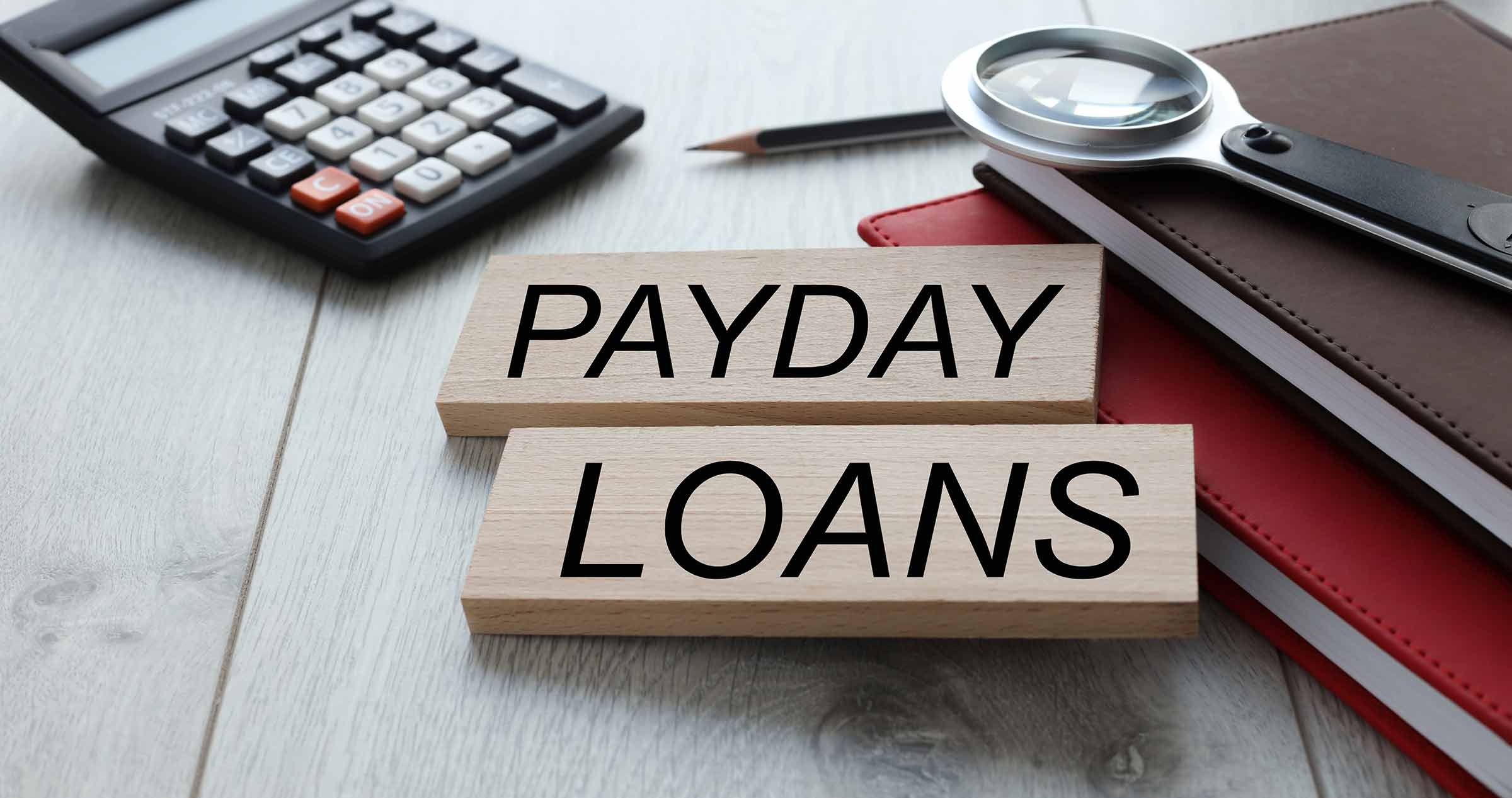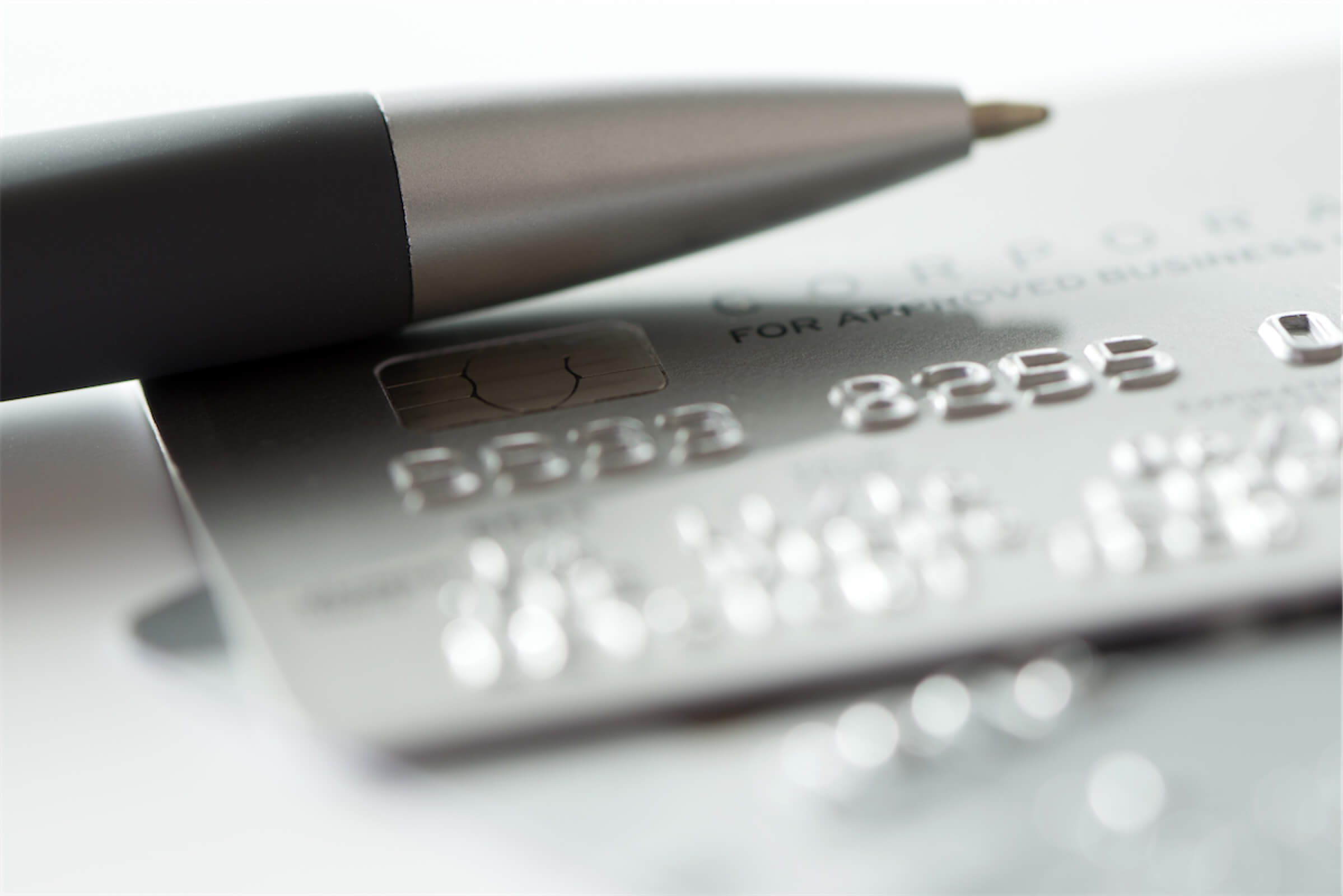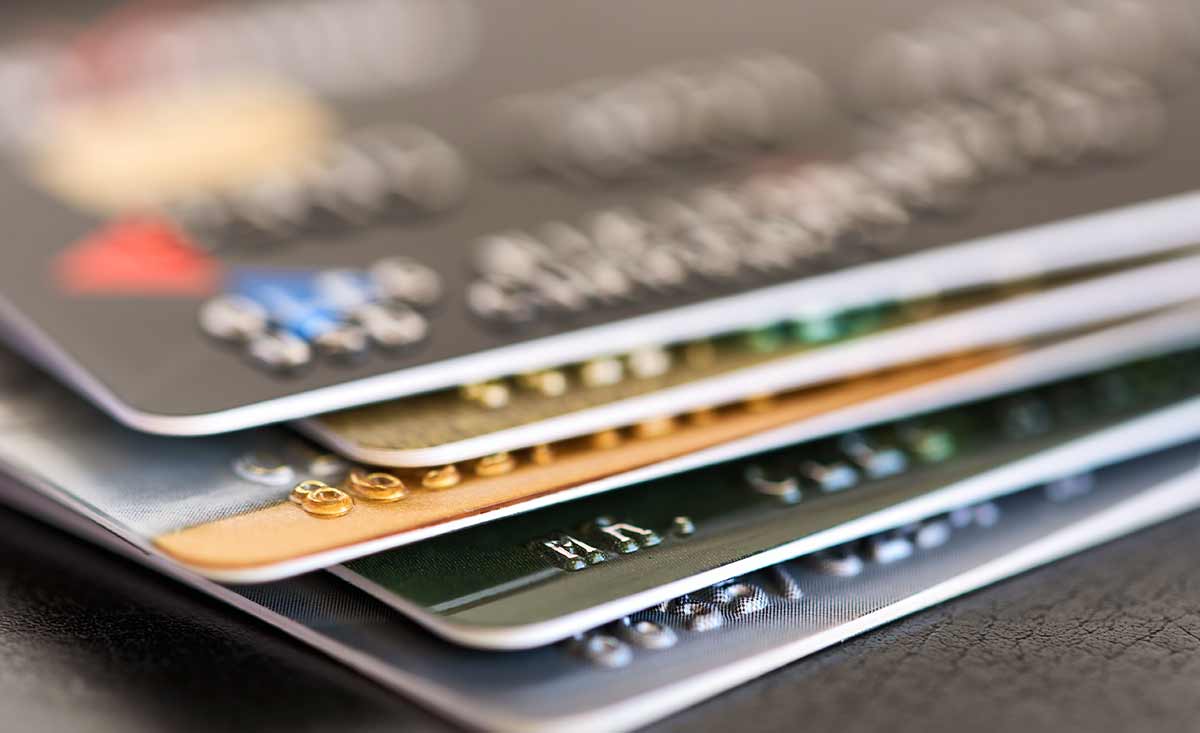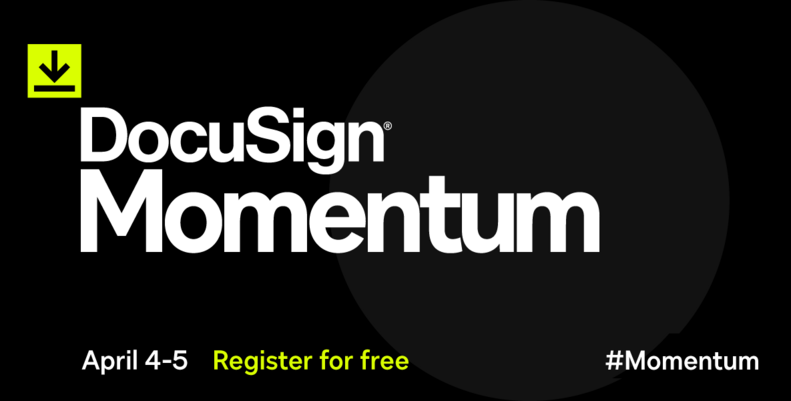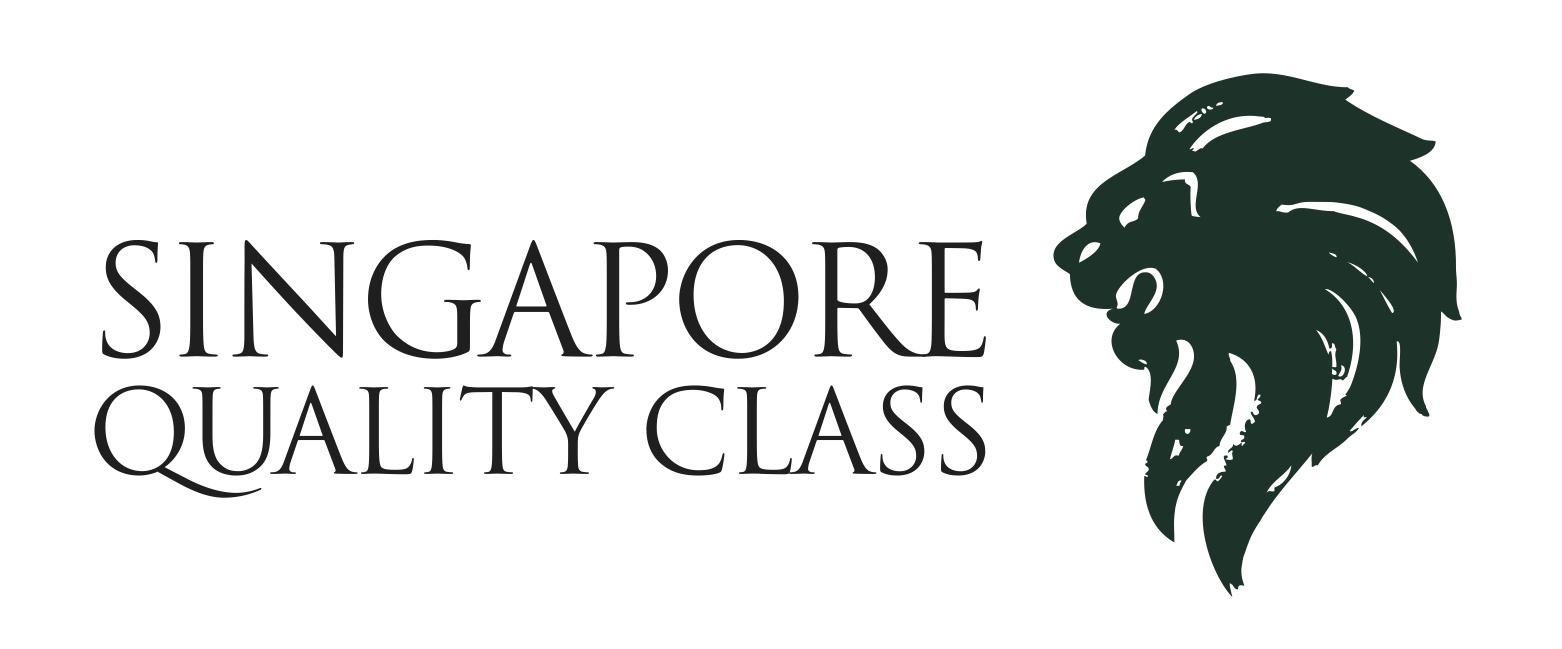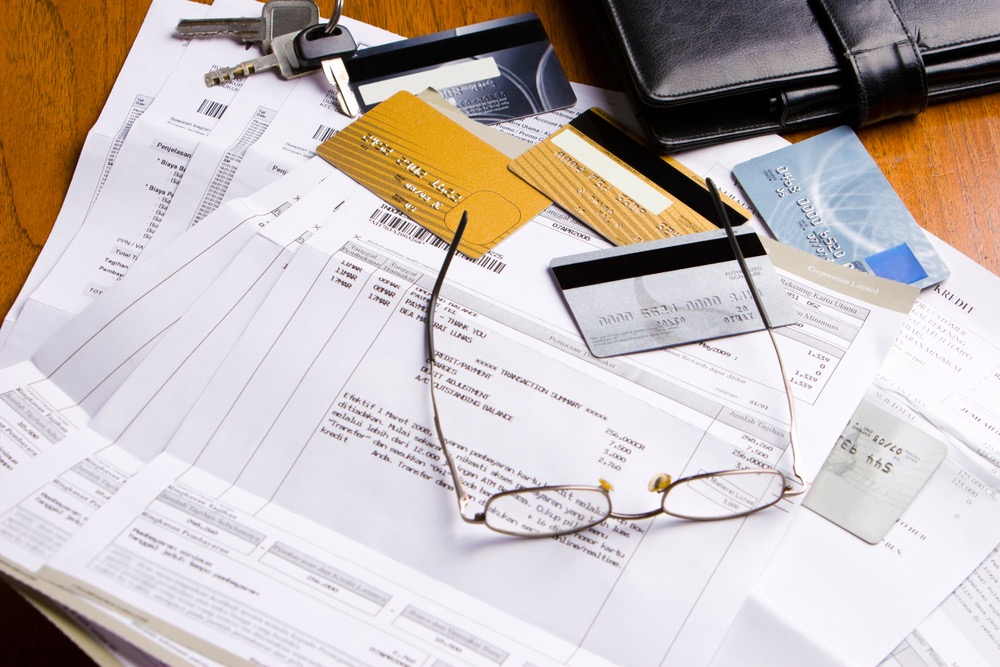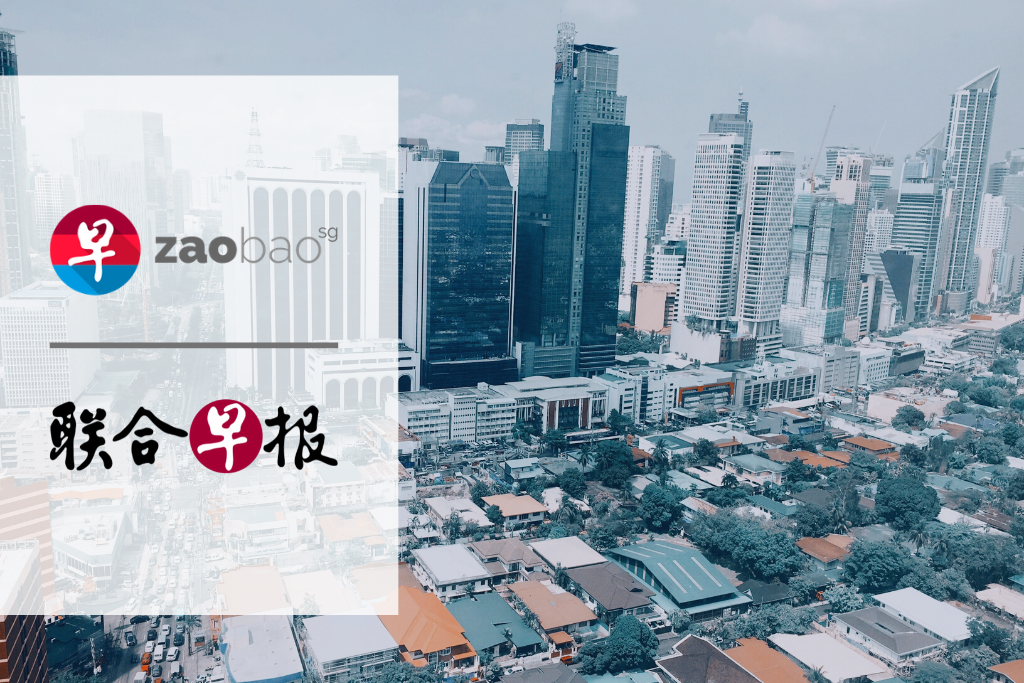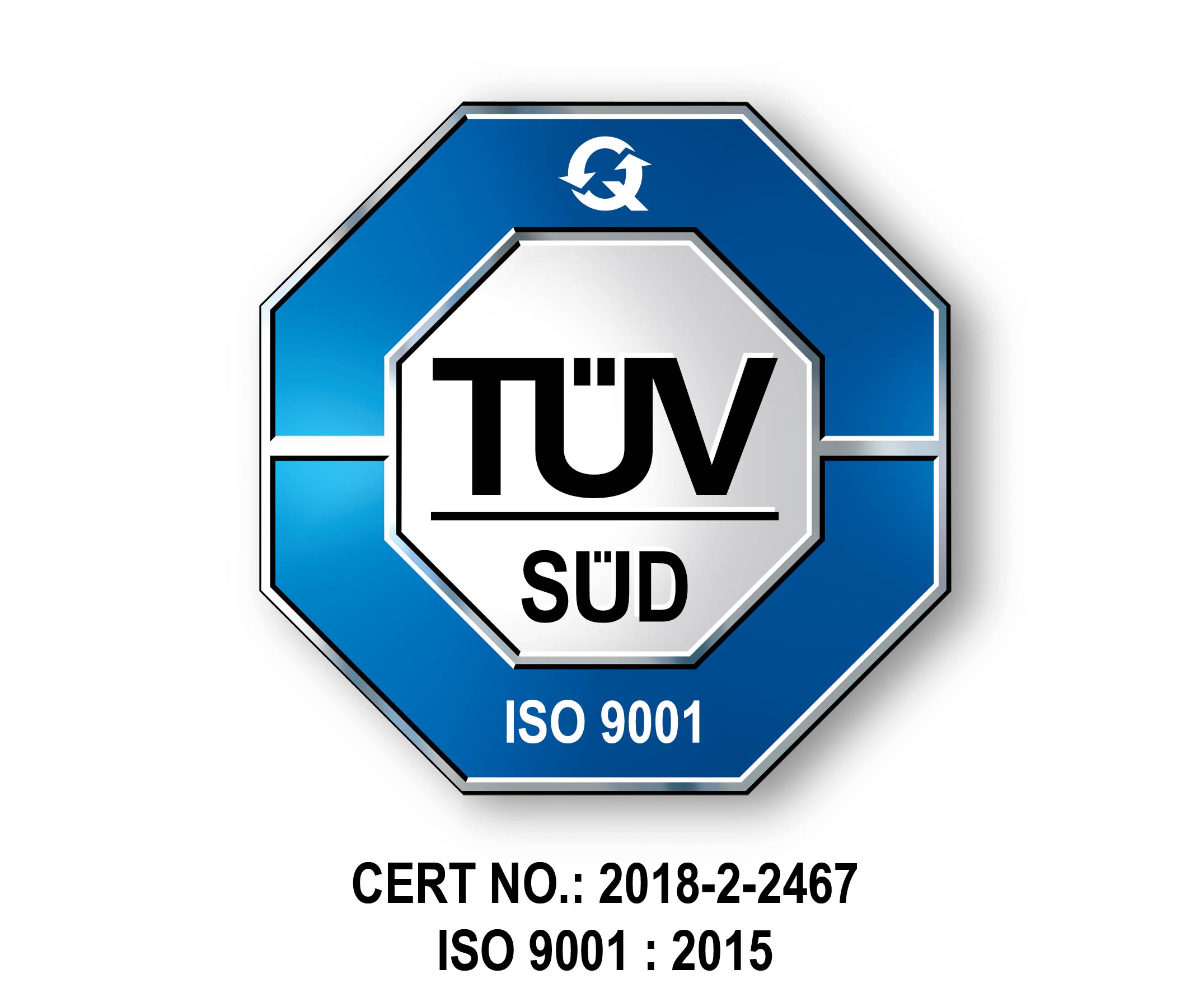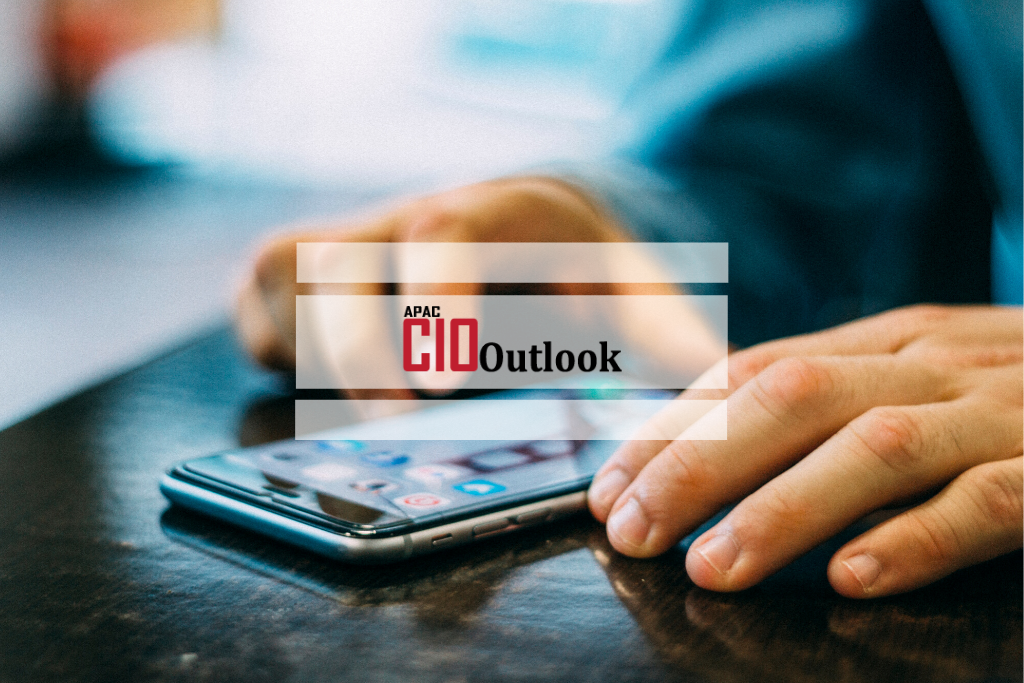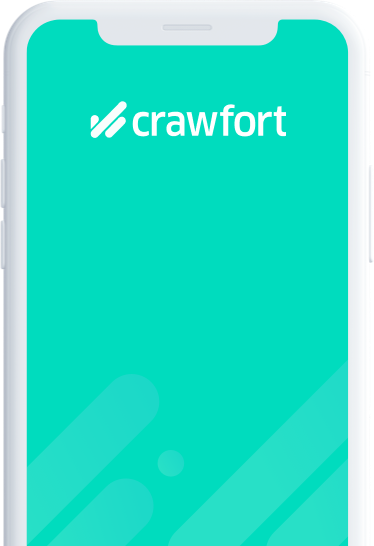
If you need extra cash but want the flexibility to use it when you really need it, a line of credit might be helpful. Think of it like a credit card with a ‘tap’. Once approved, you can spend up to that limit.
It’s perfect for those home improvement projects you’ve been eyeing or when life throws an unexpected bill your way.
Before getting a line of credit online, it’s best to understand how it works and what your options are.
What Is A Line Of Credit?
A line of credit (LOC) or credit line is a type of flexible loan. A bank approves you for a maximum credit limit (e.g., S$10,000). You can borrow any amount up to that limit.
You will only pay interest on what you use. For instance, if you borrow S$2,000, you only pay interest on that amount, not the entire S$10,000 limit.
Moreover, as you repay, the money becomes available again to borrow. Interest charges are calculated daily.
Credit cards are a type of line of credit. If you pay your card balance in full each month, you avoid interest charges.
However, unlike personal loans, lines of credit don’t have fixed repayment periods, and their interest rates can change. They often have annual fees rather than an upfront processing fee.
Advantages Of Line Of Credit
Here are some reasons why you can consider a line of credit a good financial tool.
- On-Demand Borrowing: Unlike traditional loans, you don’t receive a lump sum up front. Instead, you can only access funds as needed, up to your approved credit limit. This means you’re not paying interest on money you haven’t yet used.
- Revolving Credit: As you repay what you’ve borrowed, that amount becomes available again. This makes a LOC perfect for ongoing expenses or fluctuations in your cash flow.
- Potentially Lower Costs: Lines of credit often have lower interest rates than credit cards. If you’re carrying high-interest debt, a LOC could be a smart way to consolidate and save money on interest charges.
- Suitable for Emergencies: Unexpected costs happen, and LOC provides a financial cushion for everything from car repairs to medical bills, giving you peace of mind and time to recover financially.
What Are Types Of Line Of Credit
A line of credit (LOC) provides flexible access to funds when you need them. Let’s explore the most common options.
Personal Line of Credit
A personal line of credit provides flexible access to unsecured credit. You can borrow up to your limit, repay what you’ve used, and borrow again as needed. To qualify, you’ll typically need excellent credit (670+ score, no defaults) and a stable income. Savings or collateral like CDs can improve your chances, but they aren’t always required.
This type of credit line is best for emergencies, unexpected travel, weddings, and life’s unpredictable moments.
Pros:
- Flexible funding for renters and non-homeowners and no collateral needed.
- Save money with lower interest rates than most credit cards.
- Handle emergencies with ease thanks to fast payouts.
Cons:
- Unsecured personal LOCs typically charge higher interest rates than secured options. Your credit score heavily influences your rate, so those with lower scores will pay even more.
- Because they don’t need collateral, unsecured personal LOCs have stricter approval requirements. This can make them difficult to qualify for if you have a less-than-ideal credit history.
Home Equity Line of Credit
Consider a Home Equity Line of Credit (HELOC) as a house-backed credit card. You figure out how much equity you have (your home’s value minus what you owe on your mortgage), and the lender sets a borrowing limit based on that. For a while (usually 10 years), you can use the HELOC, pay it down, and use it again. At the end of that period, you’ll need to repay whatever’s left.
Best for big, unexpected costs or planned projects like renovations, paying for college, or medical expenses.
Pros:
- Flexible qualification: Even with an average credit score, you might qualify for a HELOC if you have sufficient home equity.
- Cost-effective borrowing: HELOCs typically offer interest rates and APRs that are more favorable than those of personal lines of credit or credit cards.
- Potential credit boost: Responsible use of a HELOC, with on-time payments, can positively impact your credit score.
Cons:
- Exclusively available to homeowners.
- If you default on your HELOC payments, you could lose your home since it’s used as collateral.
- Expect closing costs when setting up a HELOC, such as fees for a property appraisal.
Business Line of Credit
Running a business is unpredictable. Unexpected expenses can strain your cash flow. A business line of credit offers a flexible safety net for those moments. Lenders will assess your business’s value and risks, then tailor a credit line (secured or unsecured) to your specific financial needs. It’s perfect for inventory restocking, emergency repairs, or getting through slow periods.
Pros:
- Flexibility for fluctuating expenses: Pay interest only on the portion of your credit line that you actually use, making it a smart solution for unexpected costs.
- Cost-effective compared to credit cards: Business lines of credit often have lower interest rates than business credit cards, saving you money on financing.
- Build your business credit: A responsibly managed line of credit demonstrates financial reliability, improving your business credit score and potentially unlocking better terms in the future.
Cons:
- The application process for a business LOC can be time-consuming due to extensive paperwork requirements. Lenders need to thoroughly assess your business’s financial health and potential before approval.
- Business LOCs may have lower borrowing limits compared to instalment loans. This is because LOCs are revolving credit lines, posing slightly more risk to the lender.
No matter which option you choose, remember to make those payments on time and borrow responsibly.
Line Of Credit Vs Personal Loan
Personal Loans are installment loans where you borrow a lump sum of money upfront and repay it in fixed monthly payments over a set period (the loan term).
Lines of Credit are a form of revolving credit, similar to a credit card. You have a credit limit and can withdraw funds as needed. You make payments on the balance, and as you repay, your available credit replenishes.
| Feature | Personal Loan | Line of Credit |
| Purpose | One-time, large expenses (home renovations, debt consolidation, etc.) | Ongoing expenses, unexpected costs |
| Loan Terms | Can be from a few months to 7 years | Flexible repayment term with ongoing access to funds within credit limit |
| Disbursement | Lump sum | Withdraw funds as needed up to the credit limit |
| Repayment | Fixed monthly payments (principal + interest) | Minimum monthly payments, usually based on outstanding balance |
| Interest Rate | Fixed Interest Rates (can be between 2.87% and 5.43% – EIR excluded) | Negotiable rates (between 9% – 32.9% p.a.) based on your financial capability. |
| Processing fees | One-time processing fee (1% – 6% of the loan amount) | Annual fee ranging from $25 to $60. |
| Eligibility Requirements | Determined by your income, creditworthiness, and lender requirements. | Subject to income, creditworthiness, and lender evaluation. |
Personal Loan or Line of Credit: Factors to Consider When Choosing
Picking the right loan matters. Personal loans and lines of credit work differently. Let’s see which fits you best.
1. Purpose of Funds
Personal loan is suitable for major expenses like debt consolidation, home renovations, medical bills, or weddings. On the other hand line of credit is good for ongoing projects, emergencies, cash flow gaps, or if you don’t know the exact amount you’ll need.
2. Repayment Preferences
A personal loan has a predictable fixed monthly payments for disciplined budgeting while line of credit offers flexibility in payment amounts but requires more self-management to avoid accumulating debt.
3. Interest Rates
Personal loans are often have lower interest rates than lines of credit, especially if you have good credit. On the other hand, interest rates can fluctuate, potentially increasing your overall cost of borrowing.
4. Credit Situation
Both options usually require a good credit score for approval and the best rates. If you have less-than-perfect credit, your options and interest rates might be limited.
How To Get Line Of Credit Online
Want the flexibility of a line of credit? Before applying online, make sure you understand the eligibility requirements, the application process and key considerations.
Eligibility Criteria for a line of credit
To qualify for a line of credit in Singapore, most banks typically look for:
- A Minimum annual income of S$30,000 which shows you can handle repayments.
- A good credit score which reflects your history of responsible borrowing.
- A stable income. Lenders want to see you have consistent funds coming in.
Take These Steps to Secure Your Line of Credit
Once you confirm you’re eligible, applying for a line of credit is easy. Choose between the convenience of online applications or by visiting a bank.
- Verify Eligibility. Double-check you qualify based on the bank’s criteria.
- Submit Your Application. Fill out the application either online or in person at a branch.
- Gather Your Documents. Provide the bank with the requested supporting information.
- Await Your Approval. The bank will carefully review your application and make a decision.
Documentation Needed for Line of Credit Application
To streamline your line of credit application process, please prepare the following documents:
- Identification: A copy of your NRIC (National Registration Identity Card).
- Income Verification: Proof of income, such as payslips or income tax assessments.
- Residence Confirmation: Proof of address, such as recent utility bills or bank statements.
What Are The Interest Rates & Fees Associated With Line Of Credit?
Interest Rates
- Prevailing Interest Rates: These are the base rates advertised by banks. They usually range from around 15% to 20% per annum. However, your actual rate could be higher or lower based on your credit score and income.
- Effective Interest Rate (EIR): The EIR is a more important number as it includes all the fees associated with the credit line, giving you the truest picture of the cost. EIRs can be significantly higher than advertised rates.
Fees
- Annual Fee: Some banks charge a yearly fee just for having the credit line open.
- Processing Fee: There may be a one-time processing fee levied on the approved loan amount.
- Late Payment Fees: These are charged if you miss or delay your repayments.
- Early Repayment Fees Some banks may charge a fee for paying off some or all of your balance early.
Tips for Getting the Best Line of Credit in Singapore
- Shop around and compare extensively. Don’t settle for the first lender you encounter. Different banks and financial institutions offer lines of credit with varying interest rates, fees, credit limits, and terms. Take your time to investigate numerous options to secure the best deal.
- Maintain a strong credit score. Your credit score is a crucial factor in determining your eligibility for a line of credit and the interest rate you’ll ultimately receive. Make timely payments on all of your bills, keep your credit utilization ratio low, and avoid applying for too much new credit at once. You can obtain a free copy of your credit report from Credit Bureau Singapore (CBS).
- Scour for promotions and incentives Banks and financial institutions regularly offer attractive promotions for new lines of credit. These may include introductory periods with significantly lower interest rates, waived annual fees, or even cash-back bonuses. Be sure to stay on the lookout for these offers to maximize your savings.
- Check the fine print. Before committing to a line of credit, thoroughly examine the agreement. Pay close attention to details like the regular interest rate (after any promotional periods), annual fees, late payment penalties, and any other potential charges or restrictions.
- Assess your financial needs. Before you start applying, determine how much credit you realistically need and how you intend to use it. This will help you compare offers and choose an appropriate credit limit.
- Strengthen your relationship with your existing bank. If you have a positive banking history with a financial institution, you may be able to leverage that rapport to negotiate more favorable interest rates and terms for your line of credit.
- Consider alternative options. If you have a specific, short-term financial need, other financing options like personal loans, balance transfers, or credit card installment plans might be more suitable than a revolving line of credit.
The Bottom Line
Getting a line of credit online is great for ongoing needs, but a personal loan is better for larger expenses or consolidating debt. Carefully compare options to make the best financial decision.
Do you need to cover the costs of a major home renovation, a dream wedding, or unexpected medical bills? Maybe you want to streamline your finances and reduce monthly payments by consolidating higher-interest debt. A personal loan from Crawfort offers quick access to funds, with applications approved in only 8 minutes, helping you address your financial needs without delay. Apply for a personal loan today!




